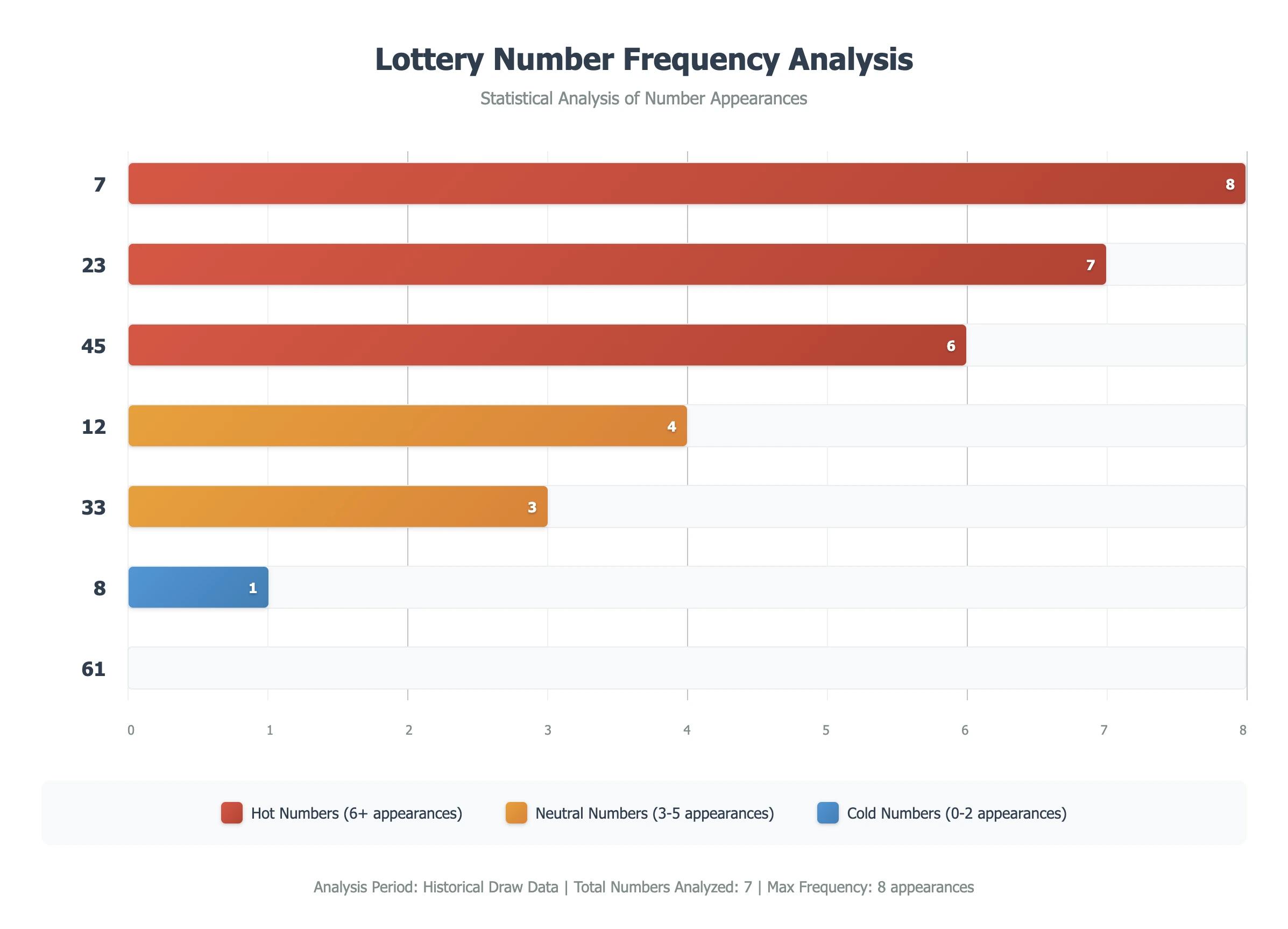What This Strategy Is
Hot numbers are those that have appeared more frequently than average in recent draws, while cold numbers have appeared less frequently. This strategy uses both categories to create balanced tickets that cover a wider range of numbers, unlike random or repetitive picks.
It's not about predicting the next draw, but about making smarter, more systematic choices that spread your selections across the entire number pool. This approach helps avoid common mistakes like picking only birthdays (1-31) or choosing the same patterns as many other players.


